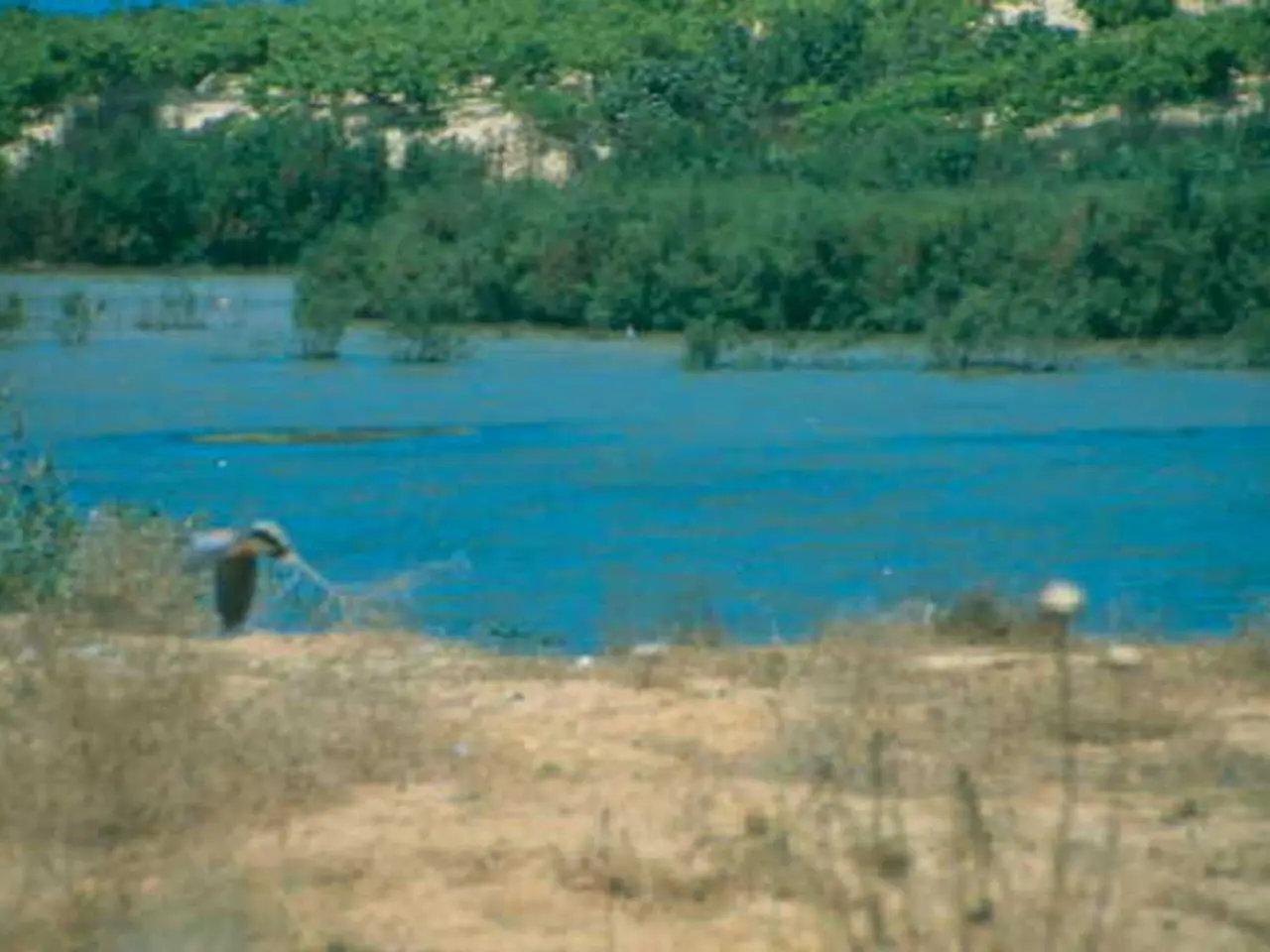Protective Role of Soil and Vegetation in Conserving the Environment
In an increasingly environmentally-conscious world, the importance of natural solutions for soil erosion control cannot be overstated. Plants and hedgerows, with their intricate root systems, play a crucial role in preventing soil erosion and promoting soil health.
Plants facilitate water conservation by reducing evaporation and slowing down excess rainwater, thereby mitigating the risks of runoff and erosion. This is achieved through several interconnected mechanisms and benefits that stabilize the soil structure and reduce erosion processes.
One such mechanism is soil reinforcement through root intertwinement. Numerous plant root systems interweave to form a dense network or cover layer that physically binds soil particles, making the soil body more resistant to displacement by water or wind. This root network forms a root-soil complex that enhances the shear strength of soil, reducing the risk of soil failure and shallow landslides, especially on slopes.
The interaction between shallow herbaceous roots and soil creates a more cohesive soil mass, thereby improving soil mechanical strength. This interaction increases resistance to deformation and soil slippage, thereby enhancing overall slope stability.
Vegetation coverage, especially with extensive root systems, reduces the velocity and volume of surface water runoff. This limits the detachment and transport of soil particles by water, thereby controlling erosion. Roots stabilize the soil, and dense plant coverage intercepts rainfall impact, further protecting soil from erosion.
Plants also enhance soil structure and porosity by creating channels and pores in the soil profile, which facilitate better water infiltration and reduce soil compaction. By enhancing physical soil texture, plants decrease surface runoff and increase water retention, mitigating erosion risks associated with water flow across the soil surface.
In addition to these mechanisms, plants provide cover and shade, reducing evaporation and protecting the soil from wind and sun. The roots of hedgerow plants bind the soil together, making it more challenging for water and wind to erode the surface.
Hedgerows are beneficial in urban or suburban settings for their ability to improve the environment by reducing wind and sun damage, promoting healthy soil, and supporting diverse plant and animal life. They can act as buffers between fields or roads, providing privacy screens, reducing noise and dust, and helping manage invasive weeds.
When designing a hedgerow, it is essential to consider the site's ecological and environmental conditions, such as soil type, water movement, and plant maturity size. Vegetation planted strategically, such as hedgerows or rows of trees, along riverbanks or slopes, can form natural barriers that slow down water flow and provide additional protection against erosion.
Over time, the decaying matter from hedgerow plants increases the organic content in the soil, enhancing its ability to absorb and retain water. This organic matter improves soil health by increasing the surface water infiltration rate and enhancing soil structure around the root zone, leading to decreased fertiliser runoff.
In conclusion, plants and hedgerows act as natural engineering solutions for soil stabilization by physically reinforcing soil, reducing erosion forces, improving water dynamics within soil, and supporting robust plant communities that maintain this protective effect over time. These green solutions offer ecological and economic advantages, providing a sustainable and cost-effective approach to erosion control.
- Incorporating science-backed gardening practices, such as the strategic planting of hedgerows and trees, can contribute to climate-change mitigation by improving soil health and reducing soil erosion.
- Environmental science shows that plants like those used in home-and-garden settings can facilitate water conservation, increase soil structure and porosity, and provide shade to stem soil evaporation, thereby contributing positively to soil health and erosion control.
- Lifestyle choices that include planting gardens, hedgerows, and vulnerable plants on slopes and along waterways can improve the environmental quality by reducing soil erosion, promoting healthy soil, supporting biodiversity, and creating a more aesthetically pleasing landscape.




